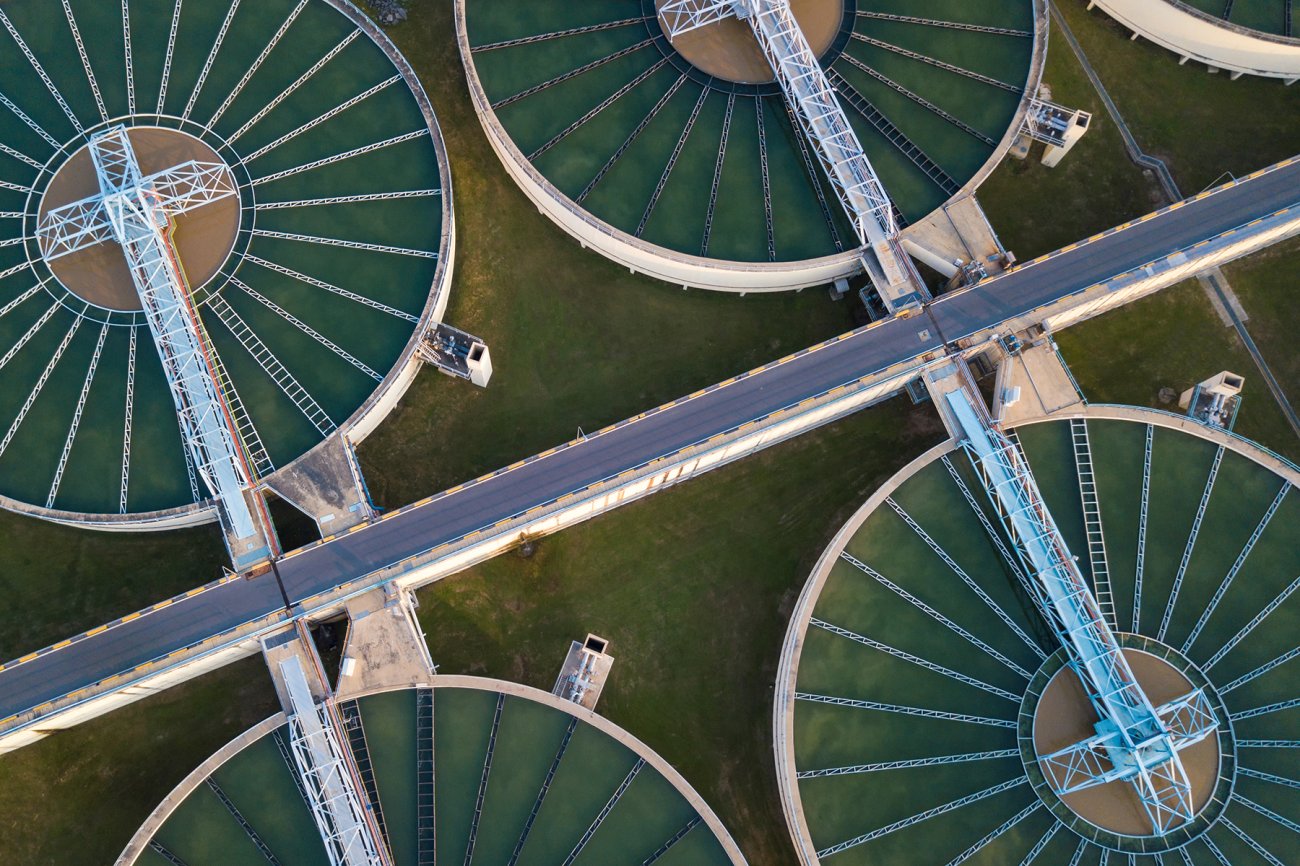Some Known Questions About Reclaim Waste.
Some Known Questions About Reclaim Waste.
Blog Article
Little Known Questions About Reclaim Waste.
Table of ContentsThe Greatest Guide To Reclaim WasteThe Best Strategy To Use For Reclaim WasteThe Ultimate Guide To Reclaim WasteThe Best Strategy To Use For Reclaim WasteThe Single Strategy To Use For Reclaim Waste
Check out the kinds, occurrences, and types of fluid waste. Residential sewage waste refers to the waste and items from a property septic system. This kind of waste is produced by humans in residences, institutions, and other structures. This only consists of septic systems that have a drainpipe field. The correct administration and disposal of residential sewage waste require liquid waste to be moved to a sewage therapy plant where the proper techniques and equipment are used to purify and throw away waste.
Business waste commonly consists of potential dangers, such as combustible products or a mix of liquid and strong waste items, and calls for an advanced and thorough disposal process. The disposal of commercial waste normally entails the filtration of waste before transportation to guarantee risk-free and correct disposal. Hazardous waste is developed from byproducts and runoff of commercial processes and production.
This sort of waste can not use the very same sewage monitoring transportation or processes as septic or commercial fluids. The commercial waste management procedure needs the inspection and testing of liquid waste prior to it goes through the disposal process (liquid waste disposal). Drainage waste is the fluid waste that originates from drainage and excess stormwater in very booming locations or cities
Drainage waste can cause contamination and flooding if not handled effectively. Making certain correct waste monitoring can prevent disasters and decrease environmental injury.
Excitement About Reclaim Waste
Get in touch with PROS Providers today to learn more about our waste administration and disposal services and the proper ways to look after the liquid waste you produce.
(https://www.intensedebate.com/people/reclaimwaste1)This so-called 'wastewater' is not just an essential source but, after therapy, will certainly be launched to our land, rivers or the sea. Made use of water from toilets, showers, bathrooms, cooking area sinks, washings and commercial procedures is known as wastewater.

water used to cool down equipment or clean plant and tools). Stormwater, a type of wastewater, is drainage that streams from farming and metropolitan areas such as roofings, parks, gardens, roadways, paths and gutters into stormwater drains, after rainfall. Stormwater flows neglected straight to local creeks or rivers, eventually reaching the ocean.
An Unbiased View of Reclaim Waste
In Queensland, the majority of wastewater is treated at sewage treatment plants. Wastewater is transferred from domestic or industrial sites through a system of sewers and pump stations, known as sewerage reticulation, to a sewage treatment plant. City governments build, maintain and operate most sewer treatment plants. Operators are accredited under the Environmental Protection Act 1994 to discharge cured wastewater at an appropriate ecological requirement into rivers.
The Division of Natural Resources suggests city governments about handling, operating and maintaining sewerage systems and therapy plants. In unsewered areas, city governments may require homeowners to mount individual or house sewage therapy systems to treat domestic wastewater from commodes, cooking areas, restrooms and washings. The Division of Natural Resources authorises the usage of family systems when they are shown to be reliable.
A lot of stormwater gets no therapy. In some new neighborhoods, therapy of some stormwater to eliminate litter, sand and crushed rock has started utilizing gross pollutant traps. Wastewater therapy occurs in 4 phases: Eliminates strong matter. Bigger solids, such as plastics and other items wrongly released to sewage systems, are gotten rid of when wastewater is passed with displays.
Wastewater then streams into big containers where solids work out and are eliminated as sludge. Oil and residue are skimmed from the surface. Utilizes little living organisms referred to as micro-organisms to damage down and get rid of remaining liquified wastes and great fragments. Micro-organisms and wastes are incorporated in the sludge. Gets rid of nitrogen and phosphorus nutrients that can cause algal flowers in our rivers and intimidate aquatic life.
Reclaim Waste Things To Know Before You Get This
Nutrient elimination is not offered at all sewage treatment plants due to the fact that it calls for costly specialist equipment. Clear fluid effluent generated after therapy may still include disease-causing micro-organisms - liquid waste removal.

A lot of wastewater streams into the sewerage system. Under the Act, local governments administer authorizations and licences for ecologically relevant activities this website (ERAs) including wastewater releases that might have a local impact.
The 7-Second Trick For Reclaim Waste
Surveillance gives valid details concerning water top quality and can validate that permit conditions are being satisfied. The information obtained through monitoring provides the basis for making water quality choices.
Report this page